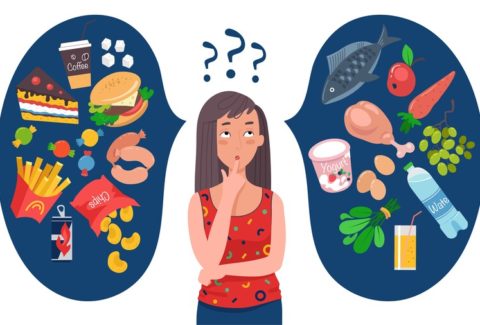Anxiety and the 10 CUT: (The 10 Commandments to fully Understand and effectively Treat anxiety)

Anxiety and the 10 CUT: (The 10 Commandments to fully Understand and effectively Treat anxiety)
Anxiety is the number one mental health condition [1]. Much has been used or tried, and all to no avail. Why is that? What might that be telling us? When was the last time we stopped and thought and wonder about how we can make a true difference in suffering due to Anxiety? Albert Einstein, famously said, “We cannot solve our problems with the same type of thinking that created them.” What did he mean by that? He meant that the type of thinking that is part of the problem cannot be used to solve the problem. In other words, to relate this to Anxiety:
- Anxiety has been an increasing problem
- We’ve been doing so much to treat Anxiety with little to no success
- We’ve been unsuccessful at our attempts because our attempts have been colored by the same type of thinking about Anxiety that has created and perpetuated Anxiety
The question now bears, “What type of thinking has led to anxiety to start with and that has perpetuated it?” The answer to this vital question can be formulated in many different ways.
Let us look at one of them:
We’ve been socialized into the erroneous belief that this is an outside-in world. Because it is a mass belief, it has developed into a group, “optical delusion,” as Einstein alluded to. Being a delusion, no matter what evidence we have that what we believe is not so, we persist in believing that is. This belief becomes fixed, and persists despite the evidence of the contrary, which is the scientific definition of a delusion [2]. The sad thing is that as long as we persist in the mass delusion that this is an outside-in world, we will never understand Anxiety nor effectively treat it. For, as Einstein also says, “If I am given 60 minutes to solve a problem, I will use 55 minutes to understand it and five minutes to solve it. [3]”
It does not matter what we do for or with Anxiety, and it does not matter what methods we use, we will always have symptom-based treatment and not real problem-based treatment as long as we fail to understand Anxiety. What does understanding anxiety mean? Understanding anxiety means understanding the following:
- There is a large gap between science and the clinical treatment of Anxiety
- Anxiety cannot be understood and treated without an understanding of the time factor
- Anxiety as a feeling has an internal source and never an external one
- Anxiety cannot be understood or effectively treated without an understanding of the 3 Fundamentals
- To understand Anxiety entails understanding Thought as the Operant Factor, and learning what it means and how to develop a healthy relationship with thoughts
- Anxiety cannot be understood or treated effectively without the understanding of the three types of thoughts
- A full understanding of Incessant Thinking, its meaning, and how it contributes to Anxiety
- The relationship between Incessant thinking, Belief, and Anxiety
- A full understanding of Anxiety and the Belief-Identity Pathway
- The real role of Genetics, Environment, Epigenetics, and Anxiety
We can call these the 10 Commandments to fully Understand and effectively Treat anxiety (The 10 CUT). Each time you master one of these commandments, it means you are gaining a better understanding of Anxiety, and you are better able to treat it.
Now, unto you:
- What do you see from reading this article?
- How well do you think you understand Anxiety?
- When was the last time you discovered something that you had spent all your life believing, that was just not so?
The father of American literature, Mark Twain, famously said: “It ain’t what you don’t know that gets you into trouble. It’s what you know for sure that just ain’t so.”
Dear friends and colleagues, we ought to let you know that the current knowledge about Anxiety is one of the things that we think we know for sure, yet, that just is not so. And this is what, this is why, this is how, we’ve been getting into so much trouble, and we’ll continue to get into more trouble unless we take a step back and learn to understand Anxiety.
The great news is that the 10CUT is there for you as your guide, and we hope you take advantage of it.
We, at SWEET, dedicate ourselves to give the best of ourselves to our field, to our colleagues, to our patients. We hope you will appreciate our contribution, and use it to help your patients. For, it is time for our patients to get some relief from their suffering. We entered this field to do just that. And if not now, when? And if not us, who?
We thank you for accepting this invitation, and we send you love,
Karen and Mardoche
[1]“Facts & Statistics: Anxiety and Depression Association of America, ADAA.” Facts & Statistics | Anxiety and Depression Association of America, ADAA, adaa.org/understanding-anxiety/facts-statistics.
[2] Shiel Jr., William C. “Definition of Delusion.” MedicineNet, MedicineNet, 21 Dec. 2018, www.medicinenet.com/delusion/definition.htm.
[3] Kataria, Vishal, and Follow. “3 Things About Problem Solving Which Albert Einstein Teaches Us.” LinkedIn, 9 June 2014, www.linkedin.com/pulse/20140609042202-59384553-3-things-about-problem-solving-which-albert-einstein-teaches-us/.






